#ancient arabia
Explore tagged Tumblr posts
Text

Cube-shaped incense burner carved of pink limestone. Sabaean, 2ndC BC-1stC BC, made in Yemen.
There is an ancient South Arabian inscription carved on all four sides listing four types of incense: a golden coloured gum, rud, (artemesia abyssinica) (Rhodokamakis), a benevolent gum (ncm, a sweet mild aroma (rhod), costus (qst) and an oderiferous root, dhb (a dark-hearted (as opposed to srf 'silver' > light hearted) plant (rhod).
British Museum
236 notes
·
View notes
Text
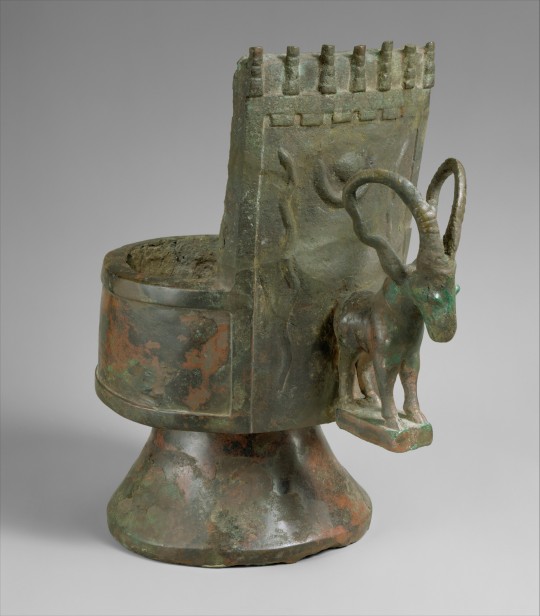
Bronze incense burner, southwestern Arabia, 1st millennium BC
from The Metropolitan Museum of Art
256 notes
·
View notes
Text
Archaeological things that made me happy 2

The Wijnaldum Fibula, a bow brooch from Great Frisia, was found plowed to bits. Metal detectorists and archaeologists spend years searching the fields of Wijnaldum trying to complete the brooch and to the world’s (and my) joy, the brooch was reassembled to its most complete form in 1500 years.
The garnet inlay originates from India, and two Dirham coins were found, signifying long distance trade with the East.
Just for the fun of it, can you spot Wotan’s face in the garnet inlay?
#Odin#Norse god#Wijnaldum fibula#Wijnaldum brooch#great Frisia#Frisia#Merovingian#Charlemagne#archaeology#history#indiana jones#archaeology meme#field archaeologist#field archaeology#metal detection#ancient arabia#Vikings#Viking#Wotan#germanic mythology#viking mythology#Norse mythology
202 notes
·
View notes
Text

Hafsah might have hinted the Altair spin-off book on her livestream with HUGENDUBEL last night! She could not say much but said that fans "who know will know", hinting about the plenty of fans who have been asking for an Altair Al-Badawi book for months.
A few days ago she has posted about her writing a book about a blonde character. The only blonde character written by her is our man Altair 🥰
#sands of arawiya#we hunt the flame#we free the stars#altair al-badawi#altair#nasir ghameq#zafira bint iskandar#nasir and zafira#whtf#wfts#hafsah faizal#booktok#books#fantasy books#ancient arabia#arab representation#arabs#news#hugendubel#a tempest of tea#author#fantasy characters
13 notes
·
View notes
Text
Are those bones suggestive of ritual behaviour? Maybe.
5 notes
·
View notes
Text
Votive plaque—Southwestern Arabia, late first millennium BCE

According to the Met: "This votive plaque with a raised border around its edges has a Sabaean dedicatory inscription. While the worship of aniconic images was widespread among South Arabian cultures, the precise significance of the inscription as a cult object is uncertain. The practice of dedicating the inscription itself, as opposed to placing the inscription on an object intended for dedication, is a departure from the contemporary customs of greater Mesopotamia and Iran."
0 notes
Text
youtube
1 note
·
View note
Text

1 note
·
View note
Text


20th century crusader
#ok but where are my LoA mutuals please I need some people to talk to about this pocket englishman im going insane#ink drawing#lawrence of arabia#te lawrence#artists on tumblr#sketch#my art#i havent used the japanese pen in years i feel like i need to relearn it#i opened boardman's athenian red figure vases for this#nobody drew drapery better than the ancient greeks
79 notes
·
View notes
Text

ARABIA MENTION RAAAA🔥🔥🔥🔥🔥
Aelian, Characteristics of Animals
12 notes
·
View notes
Text
Online History Short-Courses offered by Universities Masterpost
Categories: Classical Studies, Egyptology, Medieval, Renaissance, The Americas, Asia, Other, Linguistics, Archaeology
How to get Coursera courses for free: There are several types of courses on Coursera, some will allow you to study the full course and only charge for the optional-certificate, for others you will need to audit it and you may have limited access (usually just to assignments), and thirdly some courses charge a monthly subscription in this case a 7 day free trial is available.
Classical Studies 🏛️🏺
At the Origins of the Mediterranean Civilization: Archeology of the City from the Levant to the West 3rd-1st millennium BC - Sapienza University of Rome
Greek and Roman Mythology - University of Pennsylvania
Health and Wellbeing in the Ancient World - Open University
Roman Architecture - Yale
Roman Art and Archeology - University of Arizona
Rome: A Virtual Tour of the Ancient City - University of Reading
The Ancient Greeks - Wesleyan University
The Changing Landscape of Ancient Rome. Archeology and History of Palatine Hill - Sapienza University of Rome
Uncovering Roman Britain in Old Museum Collections - University of Reading
Egyptology 𓂀⚱️
Egypt before and after pharaohs - Sapienza University of Rome
Introduction to Ancient Egypt and Its Civilization - University of Pennsylvania
Wonders of Ancient Egypt - University of Pennsylvania
Medieval 🗡️🏰
Age of Cathedrals - Yale
Coexistence in Medieval Spain: Jews, Christians, and Muslims - University of Colorado
Deciphering Secrets: The Illuminated Manuscripts of Medieval Europe - University of Colorado
Enlightening the Dark Ages: Early Medieval Archaeology in Italy - University of Padova
Lancaster Castle and Northern English History: The View from the Stronghold - Lancaster University
Magic in the Middle Ages - University of Barcelona
Old Norse Mythology in the Sources - University of Colorado Bolder
Preserving Norwegian Stave Churches - Norwegian University of Science and Technology
The Book of Kells: Exploring an Irish Medieval Masterpiece - Trinity College Dublin
The Cosmopolitan Medival Arabic World - University of Leiden
Renaissance ⚜️🃏
Black Tudors: The Untold Story
European Empires: An Introduction, 1400–1522 - University of Newcastle
The Mediterranean, a Space of Exchange (from Renaissance to Enlightenment) - University of Barcelona
The Life and Afterlife of Mary Queen of Scots - University of Glasgow
The Tudors - University of Roehampton London
The Americas 🪶🦙🛖
History of Slavery in the British Caribbean - University of Glasgow
Indigeneity as a Global Concept - University of Newcastle
Indigenous Canada - University of Alberta
Indigenous Religions & Ecology - Yale
Asia 🏯🛕
Contemporary India - University of Melbourne
Introduction to Korean Philosophy - Sung Kyun Kwan University
Japanese Culture Through Rare Books - University of Keio
Sino-Japanese Interactions Through Rare Books - University of Keio
The History and Culture of Chinese Silk - University for the Creative Arts
Travelling Books: History in Europe and Japan - University of Keio
Other
A Global History of Sex and Gender: Bodies and Power in the Modern World - University of Glasgow
A History of Royal Fashion - University of Glasgow
Anarchy in the UK: A History of Punk from 1976-78 - University of Reading
Biodiversity, Guardianship, and the Natural History of New Zealand: A Museum Perspective - Te Papa
Empire: the Controversies of British Imperialism - University of Exeter
Great South Land: Introducing Australian History - University of Newcastle
Indigeneity as a Global Concept - University of Newcastle
New Zealand History, Culture and Conflict: A Museum Perspective - Te Papa
Organising an Empire: The Assyrian Way - LMU Munich
Plagues, Witches, and War: The Worlds of Historical Fiction - University of Virginia
Russian History: from Lenin to Putin - University of California Santa Cruz
Linguistics 🗣️
Introduction to Comparative Indo-European Linguistics - University of Leiden - Coursera version
Miracles of Human Language: An Introduction to Linguistics - University of Leiden
Archeology 💀
Archeoastronomy - University of Milan
Archaeology and the Battle of Dunbar 1650 - Durham University
Archaeology: from Dig to Lab and Beyond - University of Reading
Archeology: Recovering the Humankind's Past and Saving the Universal Heritage - Sapienza University of Rome
Change of Era: The Origins of Christian Culture through the Lens of Archaeology - University of Padova
Endangered Archaeology: Using Remote Sensing to Protect Cultural Heritage - Universities of Durham, Leicester & Oxford
Enlightening the Dark Ages: Early Medieval Archaeology in Italy - University of Padova
Exploring Stone Age Archaeology: The Mysteries of Star Carr - University of York
Forensic Archaeology and Anthropology - Durham University
Roman Art and Archeology - University of Arizona
The Changing Landscape of Ancient Rome. Archeology and History of Palatine Hill - Sapienza University of Rome
#side note: most of the universities that offer courses in English on these sites are European or American(USA)#so the lack of courses about Asia (other than Japan) The Americas and Africa is not because of me#history#historical#classical studies#ancient Greece#ancient Rome#pompeii#Egyptology#pharaoh#ancient Egypt#medieval#medieval europe#Medieval Arabia#Renaissance#Tudor#the tudors#history courses#courses#linguistics#archeology#archeology courses#resources#free resources
180 notes
·
View notes
Text

Bronze bull, Arabia, 1st millennium BC
from The Metropolitan Museum of Art
269 notes
·
View notes
Text
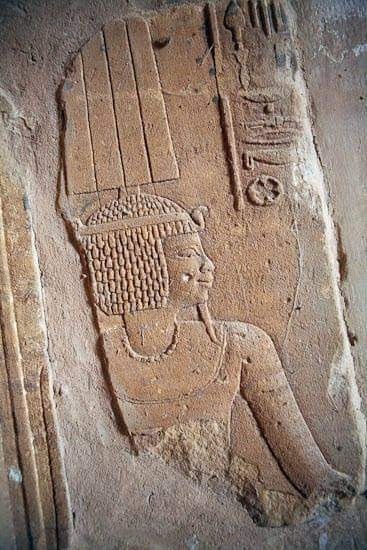

What is the DNA haplogroup of modern Egyptians?
Haplogroup E1b1b1
Wikipedia (E1b1b): E-M215, also known as E1b1b and formerly E3b, is a major human Y-chromosome DNA haplogroup. It is a division of the macro-haplogroup E-M96, which is defined by the single-nucleotide polymorphism (SNP) mutation M215. In other words, it is one of the major patrilineages of humanity, linking from father-to-son back to a common male-line ancestor ("Y-chromosomal Adam"). It is a subject of discussion and study in genetics as well as genetic genealogy, archaeology, and historical linguistics.
The E-M215 haplogroup has two ancient branches that contain all the known modern E-M215, E-M35 and E-M281 subclades. Of the latter two, the only branch that has been confirmed in a native population outside of Ethiopia is E-M35. E-M35 in turn has two known branches, haplogroup E-V68 and haplogroup E-Z827, which contain by far the majority of all modern E-M215 carrying men. E-V68 and E-V257 have been found in highest numbers in North Africa and the Horn of Africa, but also in lower numbers in parts of the Middle East and Europe, and in isolated populations of Southern Africa.
The Study authors consider Mtdna L0 thru L4 exclusively African.
Wikipedia quote: Haplogroup L3 descendants notwithstanding, the designation "haplogroup L" is typically used to designate the family of mtDNA clades that are most frequently found in Sub-Saharan Africa. However, all non-African haplogroups coalesce onto either haplogroup M or haplogroup N, and both these macrohaplogroups are simply sub-branches of haplogroup L3. Consequently, L in its broadest definition is really a paragroup containing all of modern humanity, and all human mitochondrial DNA from around the world are subclades of haplogroup L.
repeat - and all human mitochondrial DNA from around the world are subclades of haplogroup L.
Basal J*(xJ1,J2) is found at its highest frequencies among the Soqotri/Socotra (71.4%).
The people of the Island of Soqotri/Socotra are the genetically PUREST of ALL ARABS.
This is what they look like!





#african#afrakan#kemetic dreams#brownskin#africans#afrakans#brown skin#african culture#ancient kemet#ancient#ancient civilizations#ancient egypt#ancient culture#ta meri#ta seti#ethiopia#ta netjer#western asia#arabia#saudi arabia#yemen#yemeni#somali#somalis#amhara#oromo#wolata#east africa#north east african#north africa
114 notes
·
View notes
Text
i will never stop talking about them 💗💗
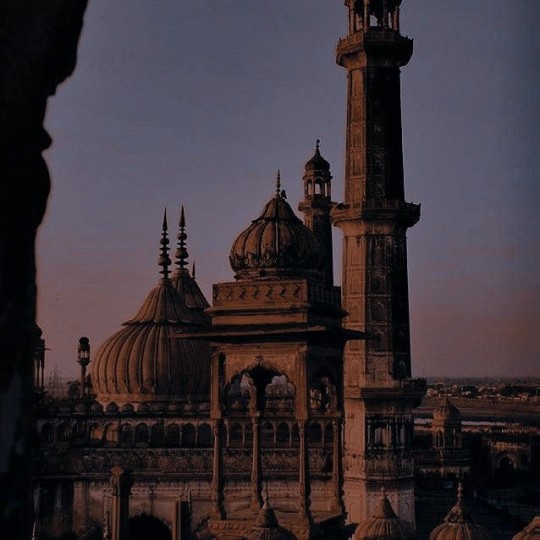



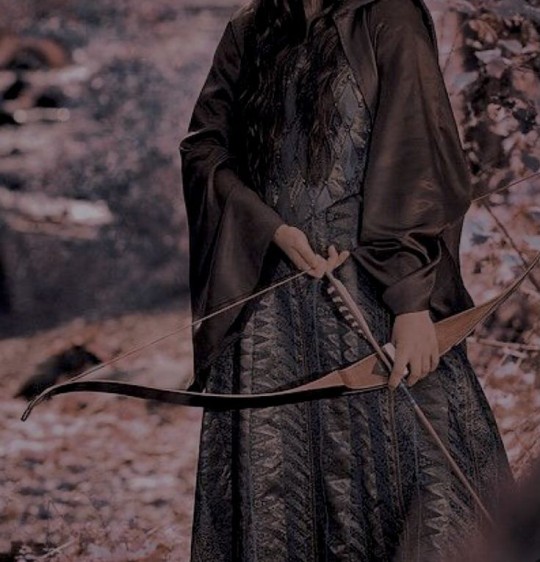


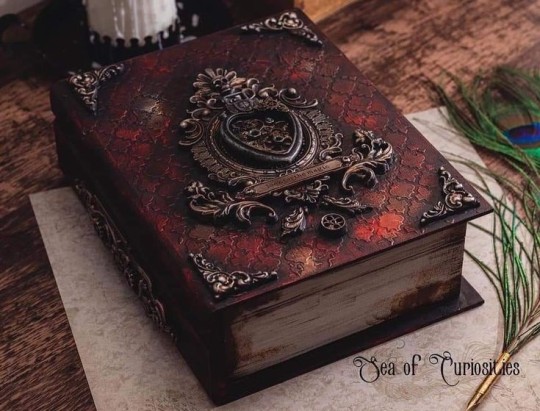

If you want me obedient, prince, kill me and carry my corpse.
— Zafira bint Iskandar
We Hunt The Flame by Hafsah Faizal {@hafsahfaizal}
#we free the stars#nasir ghameq#altair al-badawi#zafira bint iskander#benyamin haadi#hafsah faizal#kifah darwish#fantasy ya book#moodboard#arab representation#arab#tiktok bookrec#book recs 2022#we hunt the flame#ancient arabia#whtf#wfts#zumra#nafira#enemies to lovers#enemies to lovers trope
214 notes
·
View notes
Text
Sounds like a fascinating and potentially quite an important site, with regard to urbanisation.
17 notes
·
View notes
Note
Obviously we will never know, but do you think/imagine Alexander would've returned to India to try again? Also if Alexander really was looking towards Carthage, what do you think made him decide to head West instead of Arabia?
First, just to clarify, I think he intended both to attack Carthage and circumnavigate/subdue Arabia. Both would have served distinct purposes for securing his new Asian empire and trade, as well as provided a campaign in the West.
As for India … no, I don’t think he’d have gone back. In part because I think he was looking for a way to get out of there even when he was there. In a recent post, I pointed to an article by my colleagues Tim Howe and Sabine Müller, “Mission Accomplished: Alexander at the Hyphasis.” Their argument (simplified) is that the famed “mutiny” wasn’t, and served as an excuse to turn back from what he knew an impossible campaign without losing face (timē). If you look at what he did, it was to re-establish Persian influence/sovereignty in the Punjab. He didn’t push past where the Persians had already been. I used to think he might have liked to push on, but I’ve come to doubt that.
I believe his chief interest in India was trade, and that the West was calling too loudly.
#asks#Alexander the Great#Alexander the Great in India#Alexander and Carthage#Alexander and Arabia#Alexander the Great's future plans#ancient history#ancient Macedonia#Classics#Howe and Mueller
9 notes
·
View notes